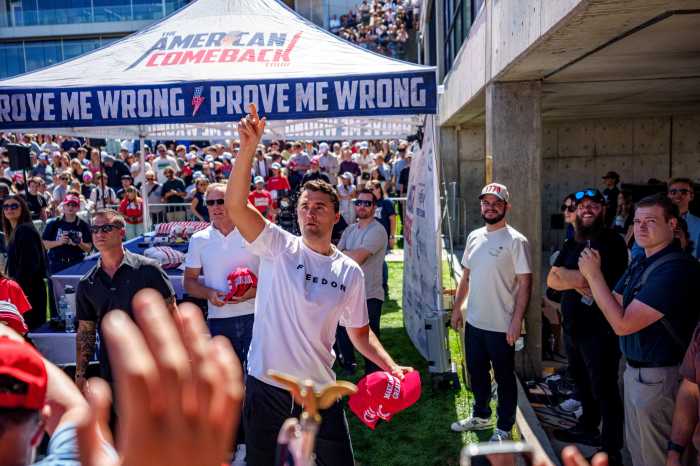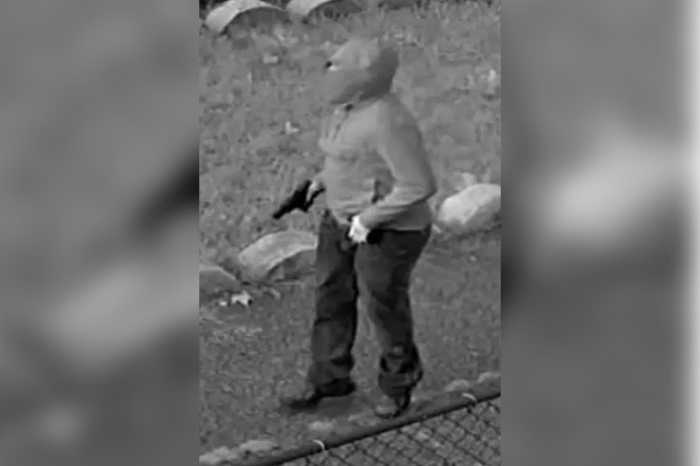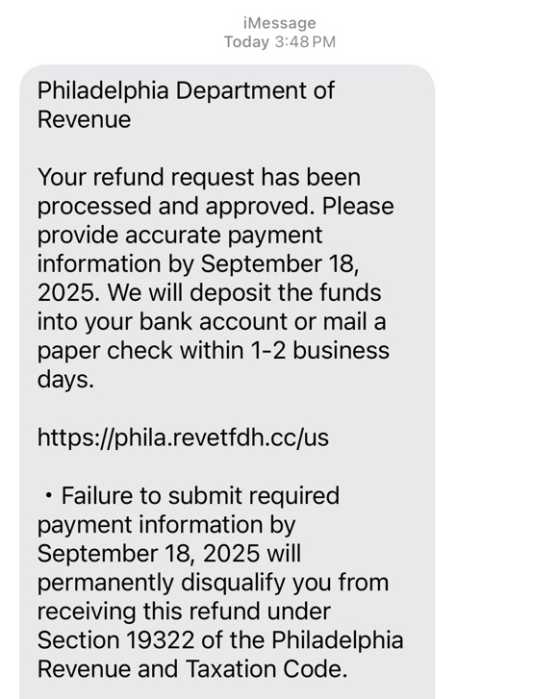‘In Philly History’ is a new column uncovering the moments, milestones, and little-known stories that have shaped Philadelphia over the centuries. In each column, historian Michael Thomas Leibrandt will revisit an event from the city’s past and explore how it still echoes today.
One of the finest, glaring examples in the history of Philadelphia resolve was during our Revolutionary War. In an attempt to get a stranglehold of control on the war by capturing the site of where America signed its Declaration of Independence a little over a year earlier , the English devised a plan to take control of the city.
But once again during the fight for our Independence , the English underestimated the American — and in particular Philadelphia’s — resolve. It would turn out to be a grave mistake.
Sir William Howe landed his troops on the Chesapeake Bay 248 years ago, and began marching toward Philadelphia. General George Washington had prepared for an advance on Philadelphia by the British , and he attempted to engage Howe’s Army at Brandywine Creek — the Battle of Brandywine — but then had to retreat after being outflanked.
The result would be that Washington would have to relinquish control of Philadelphia — at least for the moment.
The British military occupation of Philadelphia began on Sept. 26, 1777. While some Philadelphia residents loyal to the crown rejoiced at the prospect of the British occupation, others would desperately flee the city — and ultimately — both groups would come to feel the impact of British control.
But America , and Philadelphia , was just beginning to resist. The British may have captured Philadelphia , but Howe’s some 15,000 troops were effectively trapped in the city. Homes around the city were commandeered by the English and goods and food were confiscated as supplies for the army.
Washington’s Continental Army made targeted attacks on British supply lines. And when the British attempted to acquire supplies from the sea by capturing the Delaware River , they ran into Fort Mifflin.
With Philadelphia on the brink of falling to the British , Washington reinforced Fort Mifflin’s garrison of under Colonel Lewis Nicola and his Pennsylvania militia. Located on Mud Island in the Delaware River — the combination of Fort Mifflin and Fort Mercer (on the New Jersey side) of the river prevented English ships from navigating the Delaware River or from threatening Philadelphia.
General Howe knew the importance of removing Fort Mifflin as an obstacle once he was in Philadelphia. Howe’s Siege of Mifflin began on Sept. 26, 1777 , and at the end of October, a combination of British and Hessian forces made repeated attempts to assault Mifflin from the sea , only to be turned back with significant casualties. After nearly six weeks of heavy British bombardment in early November, Mifflin could no longer be adequately defended and the Americans abandoned the fort under cover of nightfall. The U.S. flag flying over Mifflin provided a delay and kept the British guessing about whether or not it was occupied.
Both the combination of targeted attacks on British supply lines and the stubborn resistance provided by American forces on Mud Island at Fort Mifflin would help to eventually make the British occupation of Philadelphia unsustainable. A month before the British retreated from Philadelphia , they held a celebration known as The Mischianza for General Howe — who would be leaving his command in North America.
The British retreat of 15,000 troops toward New Jersey signaled the resolve of the Continental Army, the Americans, and Philadelphia. Philadelphia would never again be captured by a foreign military fighting force. However, whether or not it will be occupied by a national one in 2025 , is not yet known.





























